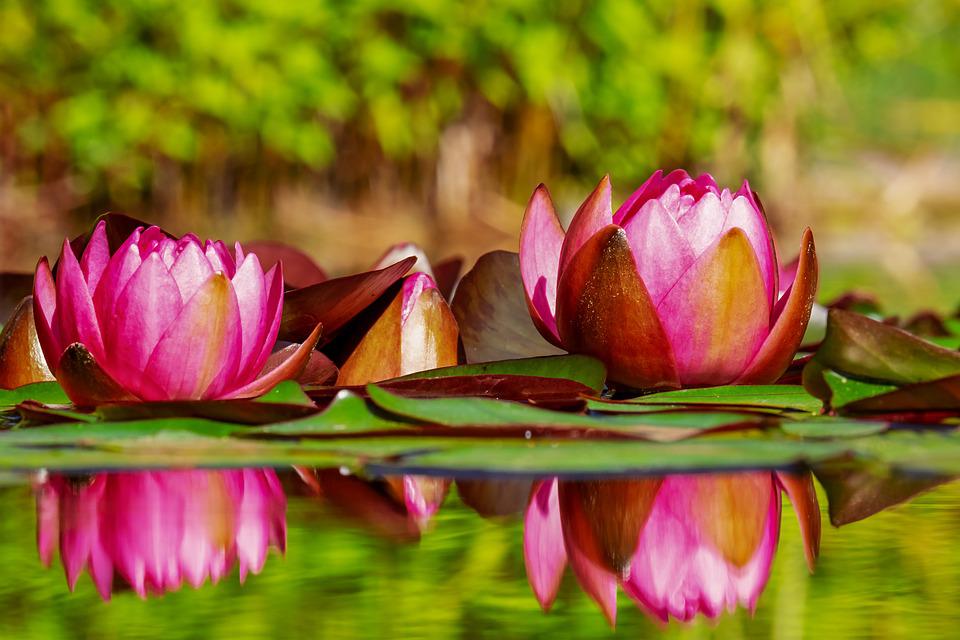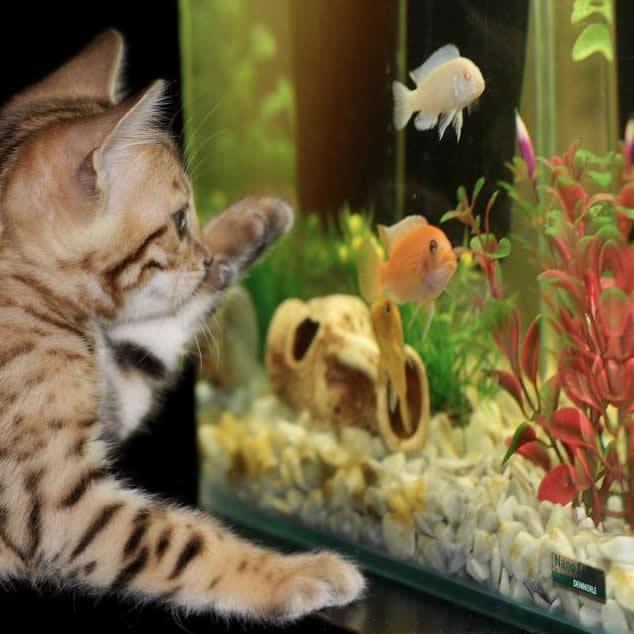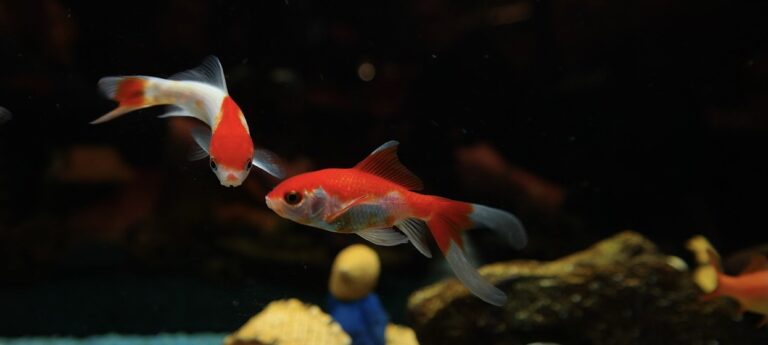How to Grow a Water Lily or Lotus
The correct preparation of aquatic planting soil and proper care will produce the descriptive flowers and growth that have adorned water gardens for decades! Tricker’s aquatic fertilizers are used at our historic nursery and have been producing thousands of the finest aquatics for decades!
As a rule of thumb, hardies should have 6+ hours of direct sunlight. Tropicals including lotuses should have at least 8 hours of daily direct sun exposure.
How to plant and fertilize your aquatic oxygenating plants.
- Have the following ready.
- Water lily or other aquatic plant with roots. Keep the roots moist at all times.
- Aquatic animals such as fish, tadpoles, salamanders, etc.. These can be purchased soon after planting your lilies. The plants will give off oxygen for the animals who, in turn, will give off carbon dioxide for the plants. That is called symbiosis where one species helps another thrive that helps the first species live.
- Loam-based or clay-containing soil, not standard potting soil. You can get this at your local nursery.
- Plant container. The pot should have many holes in the sides and bottom to allow fresh water to enter and equilibrate.
- Pond or tub. A natural pond or lake or a lined pond (concrete or resin) or very large water-proof container such as a tub will suffice.
- Water at the proper temperature and pH. The temperature depends on the plants you have.
- Plant the lily such that the part where the stems emerges is about 45° from the verticle (upward). A thin layer of pea gravel on top will help the soil from washing away.
- Mix the granular aquatic fertilizer “Praefecta” into the topsoil.
- Mix into the soil Tricker’s “Aquatic Mineral Transport” (AMT).
- Put this soil mixture into the aquatic crate and plant your aquatics.
- Place crate with your aquatic plants into your water garden.
- Fertilize monthly or as needed with Tricker’s “Trico” fertilizer tablets.
- Gently set in your pond where the top of the container is 8″-12″ below the surface to give it good sun exposure during the first growing phase. As the lily pads emerge, you can then lower the crate top to 1-2 feet below the water. Water lilies may not grow deeper than 5 feet. You can set your crate atop a concrete brick if your pond is too deep.
- As your water lilies age, cut the dying leaves and flowers to prevent the dying parts from contaminating your water. Further in time, you may need to trim the root system as well (leave the white hairy roots). You can also divide the roots after a few years.
- If you have tropical water lilies, you can bring them indoors (in a small water garden container) when the temperature gets below about 60-65°F.
- If you live in a freezing climate, the plants may survive if they are about a foot below the ice level.








